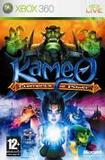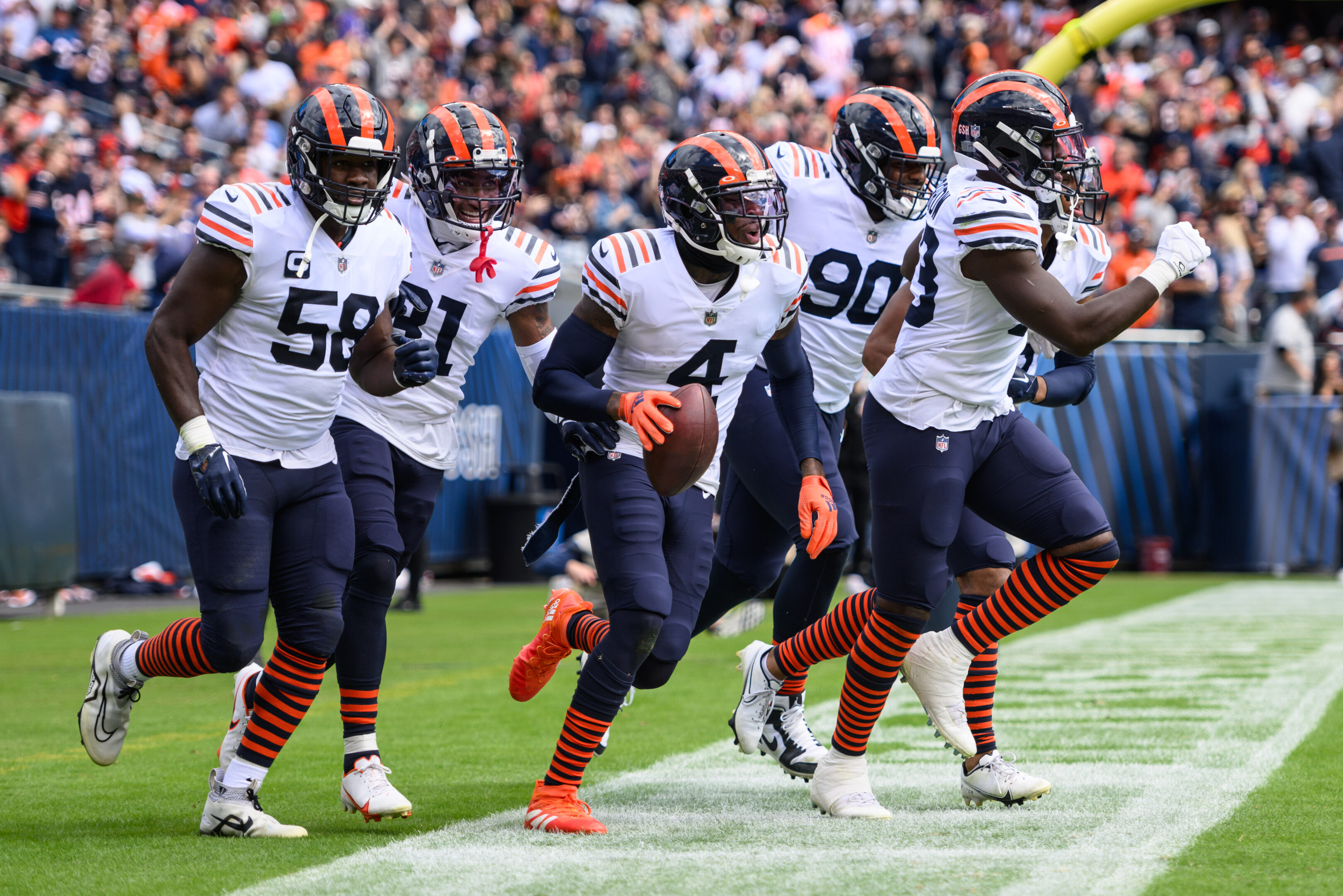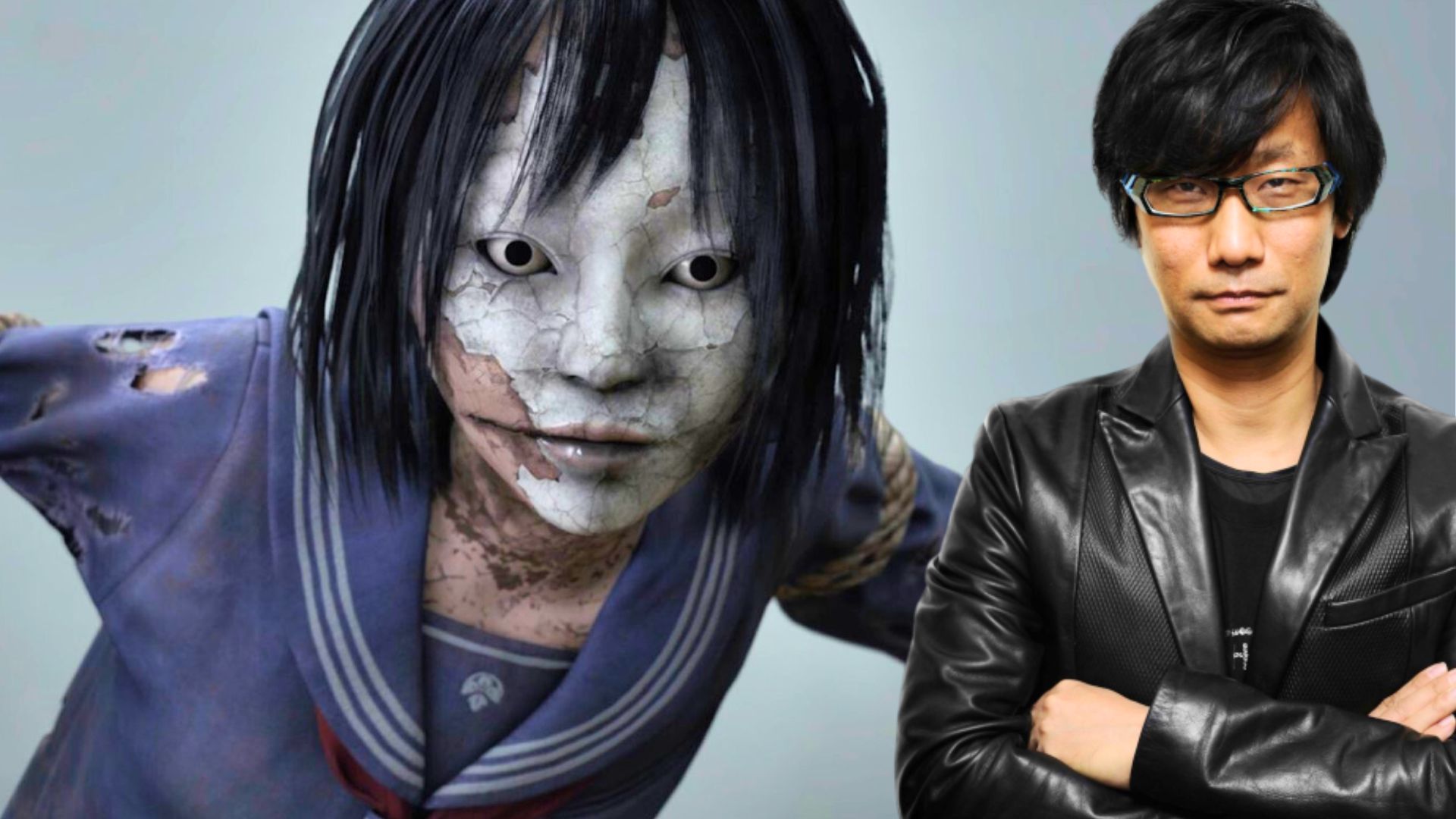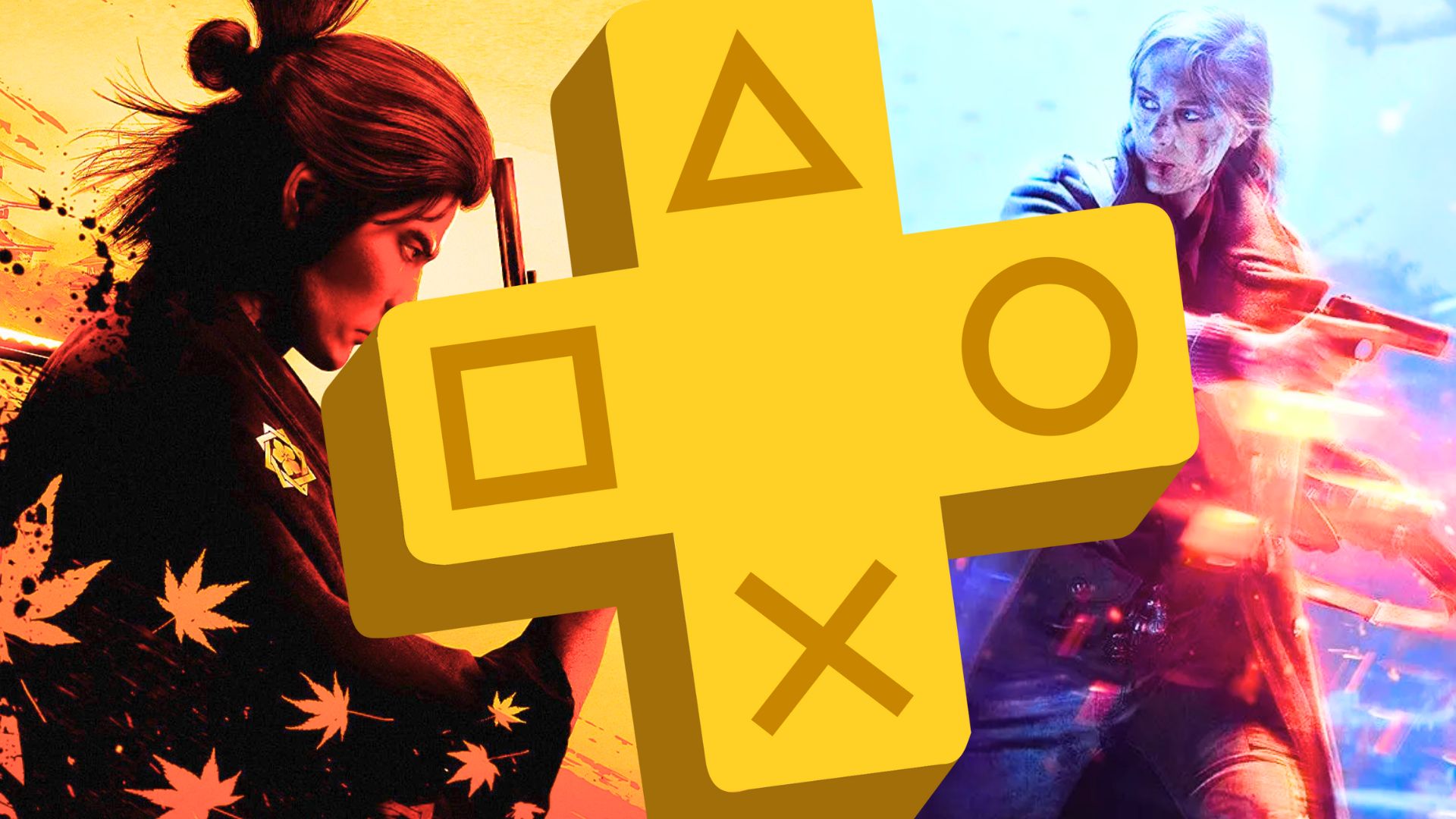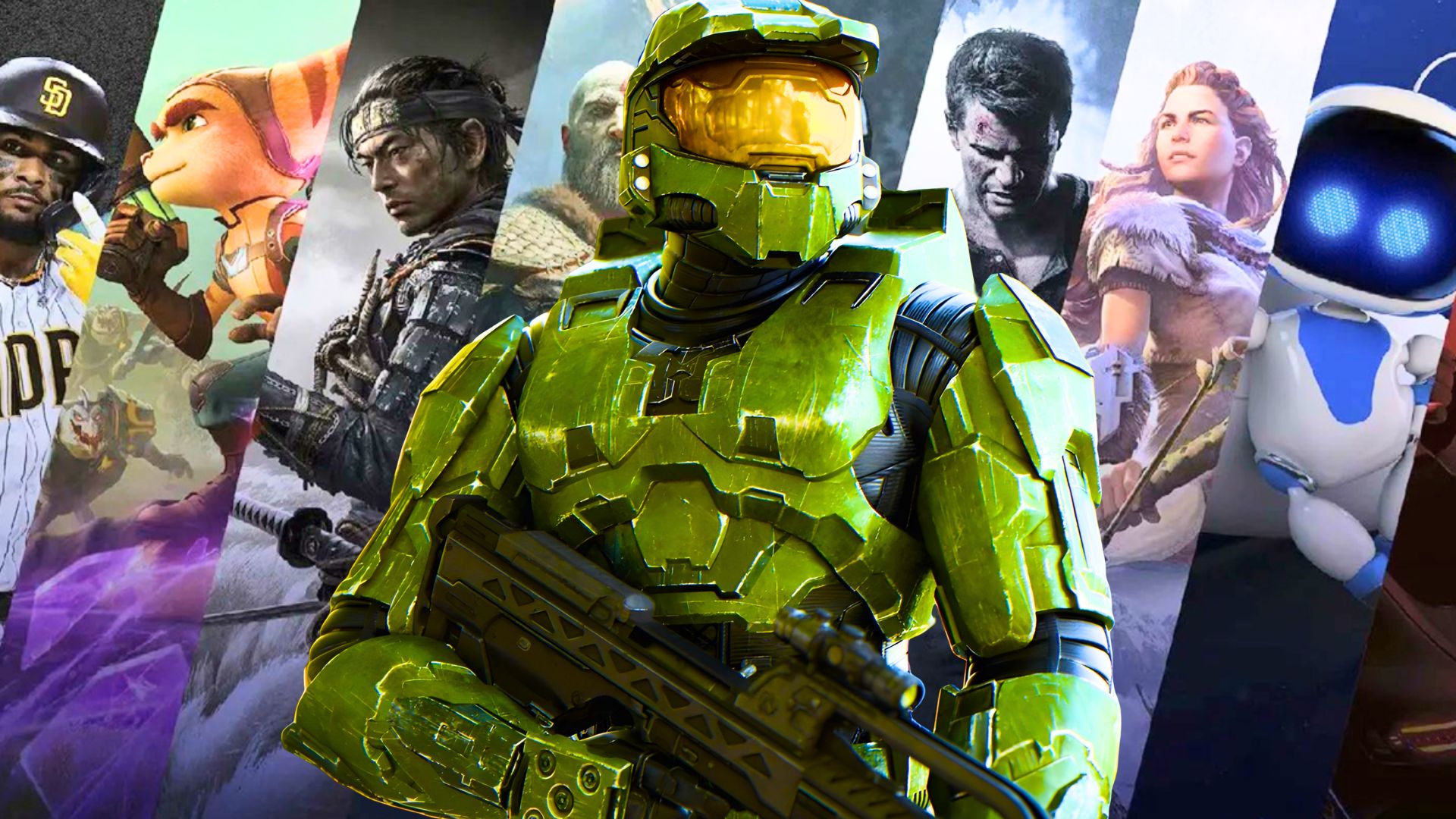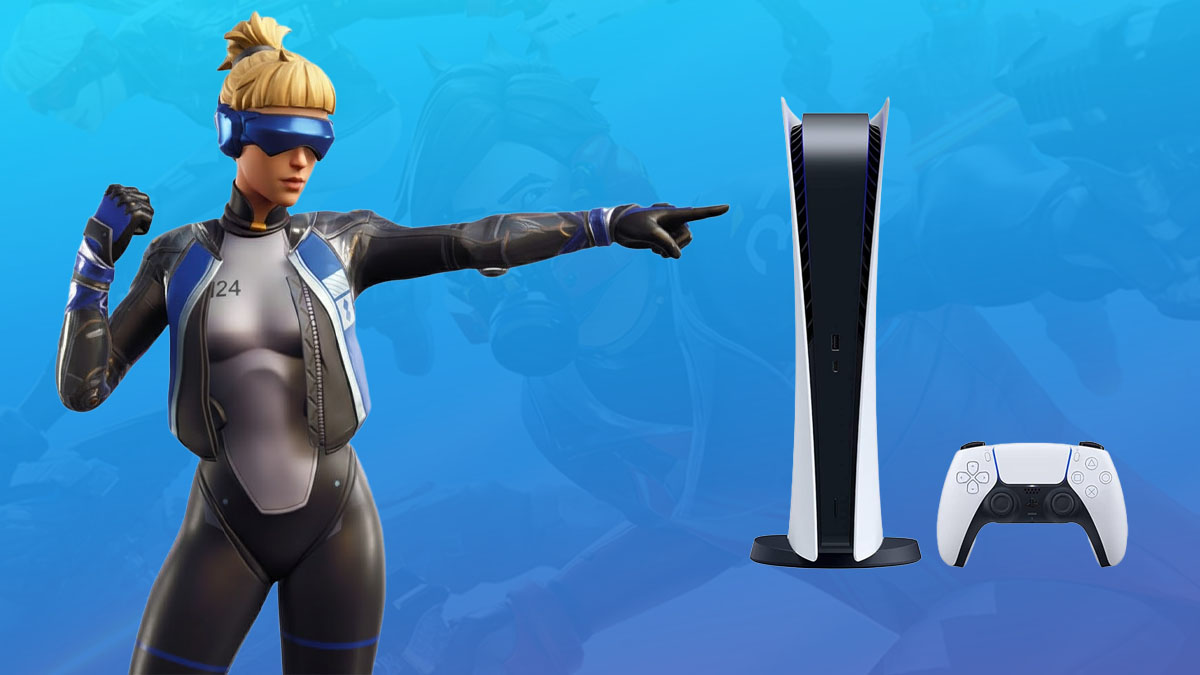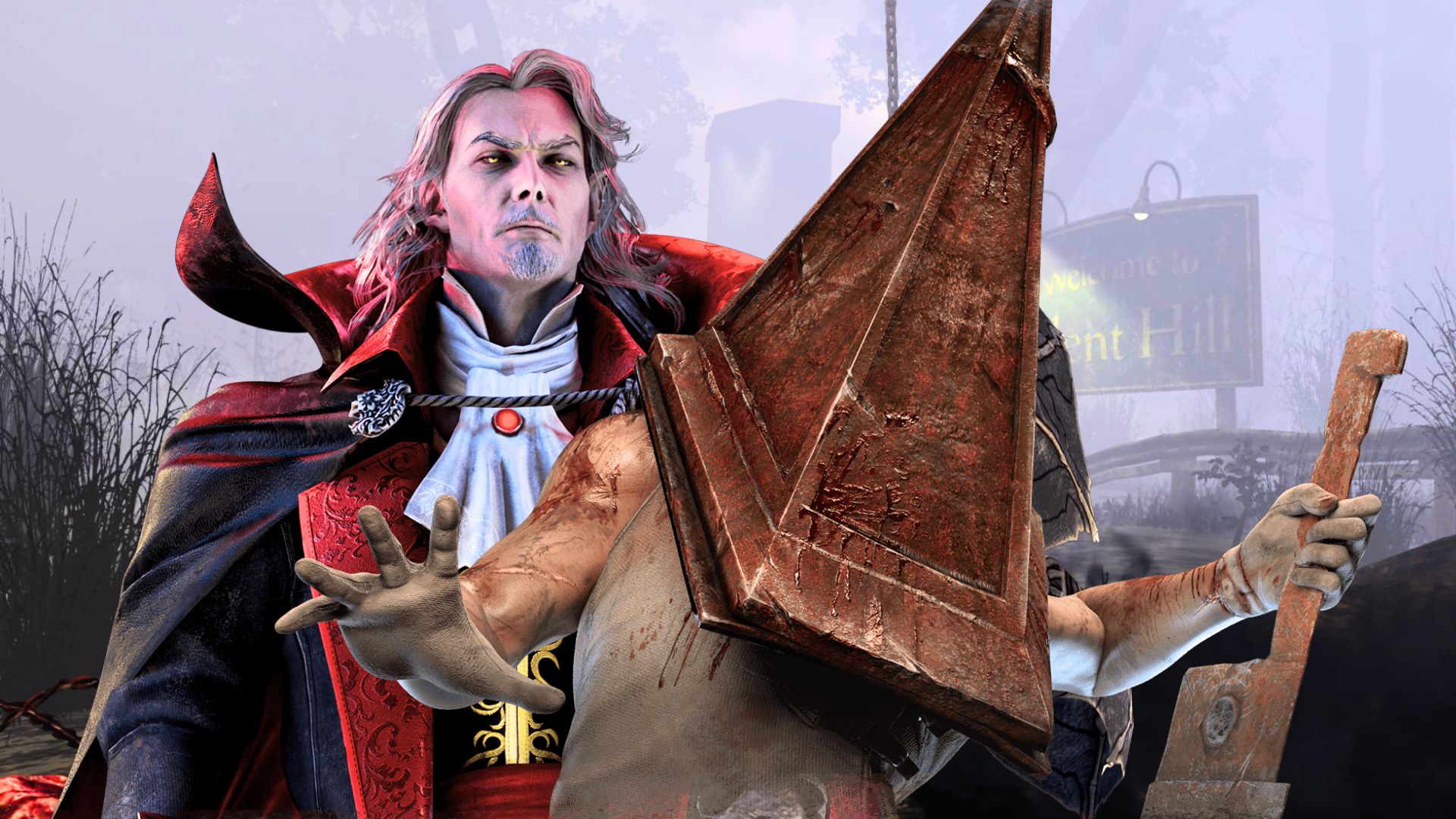You can trust VideoGamer. Our team of gaming experts spend hours testing and reviewing the latest games, to ensure you're reading the most comprehensive guide possible. Rest assured, all imagery and advice is unique and original. Check out how we test and review games here
Legendary UK developer Rare has been keeping a low profile of late and we know little of what the secretive Microsoft-owned studio’s got up its sleeve. Here, in the first part of an exclusive interview with VideoGamer.com, we speak at length with design director George Andreas, a man who’s been with the company for 15 years, on how he came to be at Rare, the studio’s design philosophies and tearing groins.
VideoGamer.com: Tell me about your time at Rare, the games you’ve worked on and how long you’ve been at the company.
George Andreas: Oh God. I guess I’ll start at the beginning! I’ve been at the company now for the best part of coming up to 15 years. So it’s quite a long time. I’ve been involved in a variety of different projects in various guises. I’ve worked on the Donkey Kong Country series, Donkey Kong Country 2 and 3, on Donkey Kong 64, Banjo-Kazooie, the first one, I did a little bit of work on the second Banjo-Kazooie. I headed up the Kameo: Elements of Power team. So I’ve worked on a variety of titles over the years on a variety of different formats really. That takes us up to the present day.
VideoGamer.com: What were you doing before you joined Rare?
GA: Before I joined Rare? That’s an interesting question. I had two goals in life when I was a kid. I either was going to go into sport and be a professional soccer player. That was one of my goals, and if that wasn’t going to work out, I wanted to, I enjoyed playing video games as well, in my spare time, and so those were the directions I knew from a fairly young age actually, that that’s where I wanted to head. Either become a professional sports person as most young kids would like to be, or go into the video games industry.
My parents on the other hand didn’t want either of those. I was a good Greek boy from a Greek background. They wanted to make sure I followed a professional path and became either a doctor or an accountant or something along those lines. So they weren’t best pleased when I started showing an interest in other areas.
VideoGamer.com: I bet they’re not too bothered now though.
GA: I think they’re fairly happy now. It took a few years to get there, but I think they understand that video games are not disappearing off the face of the planet any time soon, and it is possible these days to forge a very good career in video games. I think they understand that now.
I guess the football thing didn’t work out for me unfortunately. And so I wanted to get into the games industry. I remember reading a magazine called Super Play religiously. I used to buy it every single month. They had an advert in there looking for staff writers. Just before I sent off an application to Super Play, I wrote to several video game companies as well and basically begged them to take me on as a game designer. Every single company came back and said sorry, we don’t think you’re experienced enough. I was obviously fairly young at the time. They weren’t willing to take a risk or a chance.
The Super Play advert response came back. They said they’d like to interview me for a job to work at Future Publishing. I went for an interview. Eventually that interview turned into a job offer, which lead me onto a magazine called Edge Magazine. I was part of the initial launch team for Edge Magazine, and worked on Edge Magazine for the best part of 15/16 months helping putting the issues together.
Conversely, what happened was I used that as my platform to then get into the games making business. Seeing games from a journalistic point of view was eye-opening. There was a lot of things that I didn’t understand as a consumer. Obviously a lot of things made more sense when you look behind the scenes. Funnily enough I sent off my CV again, having had the experience at Edge, to the same companies I originally applied to. They all responded with very favourable response. They wanted me to come for an interview, and that was that. I basically had the pick of the crop.
VideoGamer.com: I guess Edge opens a lot of doors.
GA: It did. It did definitely. I’ll always be thankful to the team up there and the experience I had there. But I always saw it as a backdoor into the real world of video games. For me my passion was always about trying to create experiences and be involved in the creative aspects.
VideoGamer.com: How far did you get with being a footballer?
GA: I played at a very high level. I was a semi-professional player. I had trials with Crystal Palace. Everything pending the good old-fashioned medical. I got through the trial process and unfortunately they found a few, as they would call it, flaws and weaknesses in my skeleton, the physical make-up, which I thought was preposterous at the time. I just thought, well you’re talking rubbish. I’m fine. There’s nothing wrong with me. But they said I was susceptible to tearing my groin muscles – they will tear on a regular basis, because my adductor muscles were a little bit shorter than normal. So I thought, well, this is rubbish. This has never happened to me before. I don’t know what you’re talking about. So they didn’t obviously want to take any chances or any risk. Funnily enough, two months later, playing on a hard court on a frosty evening, I did some funny move on the frosty surface – it was a slippery surface – and managed to pull both my adductor muscles at the same time, and tore my groin to pieces basically. Therein was the issue they were effectively worried about.
That was way back when. I still play football regularly today. It’s one of the things the guys at Rare enjoy doing and have always enjoyed doing since I joined. There’s a regular football team and we join various leagues and take part in different matches up and down the country.
VideoGamer.com: Is the Rare football team any good?
GA: I would say we’re probably a good match for most development companies, dependant on injury of course! We just make sure we’ve got all our best players available. But yeah, that door closed to me, so other doors had to be opened. I eventually went for an interview at Rare. I actually remember the day I turned up at Nuneaton train station. It was freezing cold. I was wrapped up like a snowman and thought, where the hell am I? It felt like it was in the middle of nowhere. I spoke to the taxi driver and asked him to take me to the Rare headquarters, me assuming that everybody in Nuneaton knew where the Rare headquarters where. He looked at me with a bemused look on his face and went off to go and speak to the other taxi drivers. They huddled around and discussed it – where is this Rare headquarters? One of them thankfully knew where it was, so he took me there.
I remember distinctly the first day I stepped foot into the old Rare building. There was something very homely about that pace, and I felt at home very, very quickly. The walls were caked in all the different games the company had made up to that time. Around me where all these fantastical experiences – I didn’t even know Rare had created some of those games at all. It was walking into almost a treasure trove of history really. I felt at home very, very quickly. Had the interview and things progressed from there.
I originally applied as a designer, but they didn’t have a design position open at the time, and they suggested I work as a tester initially for a six month period. Then after that six month period they would review the situation and see how things progressed. My gut reaction was to take this, but my head was telling me, hold on there’s some other job offers down in London, which is where I was originally based, by other companies, and they had offered me a design position. I was torn a little bit between walking straight into a design position or starting off as a tester with a view to being a designer in the future. But Rare had just finished Donkey Kong Country – the first one. They’d obviously just hit the arcades with Killer Instinct as well. There was definitely a vibrancy and vibe of electricity when I was there. I just felt that I needed to be a part of that.
VideoGamer.com: I’d say you made a good choice.
GA: I’d like to think so, yes.
VideoGamer.com: Fast forwarding to the present, tell me about your current role and the day to day of your job.
GA: The current role is basically trying to effectively be in charge of the creative aspects at Rare, obviously from a design perspective and a higher level perspective. I have to have regular meetings with our design directors. Try and help steer the projects if I think they’re going off the rails a little bit – I can try and help pull them back on, but to try to be very free-flowing with our conversations. Obviously it’s not a dictatorship. We try to promote as much free-thinking as possible really. That’s always been one of the traits of the company. We try very hard not to stifle creativity. We try to channel it rather than forcibly direct it. I guess that’s part of the role.
Looking at recruitment is another thing we’re actually looking at the moment. For the first time since I’ve been at the company, we are now actively recruiting designers. That’s something we haven’t historically done. That’s obviously a big part of the role. Having to meet with MGS (Microsoft Game Studios) on a regular basis, speak with these guys, having to have regular phone conversations with Phil Spencer (general manager of the global Microsoft Game Studios business) and Kudo (creative director of Project Natal) and having to fly over there. And liaising with people like Peter Molyneux – his role now as the creative director if Europe – liaising with him and discussing things with him.
He was actually here yesterday (Wednesday August 12) funnily enough. We got to have a good discussion about a lot of interesting things that are up and coming. We should be going down to Lionhead in the next couple of weeks to go and look at some of their stuff over there. It’s very much a two-way process really. It’s proven very fruitful so far.
VideoGamer.com: Are there any common philosophies that Rare tries to employ with every game it makes?
GA: I guess the overarching philosophy for me personally is to try and get the directors to – and I think you could probably see this in some of the projects that have come out over the last handful of years – if there is a motto as such, I’d say it is to challenge conventional thinking. Let’s not do what the other people do. Let’s try and challenge conventional thinking. If we take a product and we’re trying to create, let’s just take for argument’s sake Banjo, if we’re going to do a platform of what can we do that is different? What can we do that is unique? What can we do that stands out? If you look back throughout games that have been on the N64 all the way through to now, you can see that philosophy embedded with all those products really. We don’t just do a traditional platformer. We’ll do a Conker, for instance. That’s the philosophy.
We need to keep that in mind when we’re looking forward and dealing with new projects in the future. If we’re going to do this type of game, how do we do this different? How do we make this stand out? And also one of the things we’re trying to get the design directors to understand as well – and I think some of them naturally do this anyway – let’s not build what the audience wants today. Let’s build what they want in three years from now. Let’s build that. Let’s not build what is being built today. It’s trying to be as forward thinking as possible and effectively trying to challenge that conventional thinking process.
VideoGamer.com: Looking back at Rare’s last game, Banjo-Kazooie: Nuts & Bolts, would you say it achieved all of the goals Rare set out for it to achieve? Does Rare consider it to be a success?
GA: I guess we consider it to be a success in that it met the expectation of the people that were creating it, in terms of the final product. In terms of execution, I can honestly say I don’t think you could have executed that particular concept much better. Where is there a game in the industry today where you can build virtually anything, I mean literally anything, with a tool set that is as robust and as fun to use as that?
We constantly get videos, and they’re on YouTube as well, of people’s creations. We look at them on a regular basis and we go, Jesus, how the hell did they make that? Where did they get the inspiration to create something like that? I think that has been a huge success. The game was always set out to allow the user to create their own experience and to create their own vehicles. From that perspective I think it’s definitely a success.
From a commercial point of view, you could argue that it perhaps hasn’t been as hugely successful as perhaps we would have liked. But again, Rare as a company, we have to be trying to do things that are seen as different and innovative and creative because if we don’t, who else will? Other companies tend to mirror themselves. If we’re not careful the industry will end up just becoming a mirror of itself. I’m so happy and so glad to be at a company like Rare where we can challenge that conventional thinking. We can try out new things. To be a first party developer with Microsoft, part of our challenge is to create new experiences. That’s part of our remit as a first party developer. That’s great for creative people. What a fantastic place to be – to be given the free run of the place and told to go and create something completely different and unique.
If you look at Banjo and you look at Piñata especially as well – that’s another one – highly creative products that I don’t think you would have got from many other studios. Internally we’re very proud of those products and look forward to the future products.
VideoGamer.com: Does that mean then that Rare won’t create the kind of core game some of your long-term fans have been calling for in the last few years?
GA: Never say never. There’s no reason why we can’t look at a core concept. The challenge is doing something that is different. Whether it is for argument’s sake a shooter or a fighting game, that’s fine, we can tackle those projects and we can tackle those concepts. But what is it that we bring different to that genre? What is it that we can do that is unique and how do we make ourselves stand out? If we have enough of those questions answered then sure. Why would you hold back on something if you think it’s a great idea? I’d say we’d never not look at doing core titles in the future, but we just need to find the right vehicles to allow us to progress with those.
VideoGamer.com: 2009’s been a relatively quiet year for Rare in terms of new game releases. When are we likely to see something new from you guys?
[PR interjection – we can’t go there]
Perfect Dark is due out on XBLA this winter. Check back tomorrow for part two of our interview with Rare’s George Andreas .
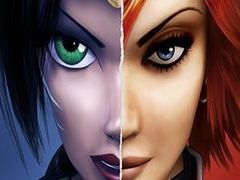
/https://oimg.videogamer.com/images/de8e/conker_live_and_reloaded_8.jpg)
/https://oimg.videogamer.com/images/6cf5/perfect_dark_zero_8.jpg)
/https://oimg.videogamer.com/images/703b/banjokazooie_3_44.jpg)
